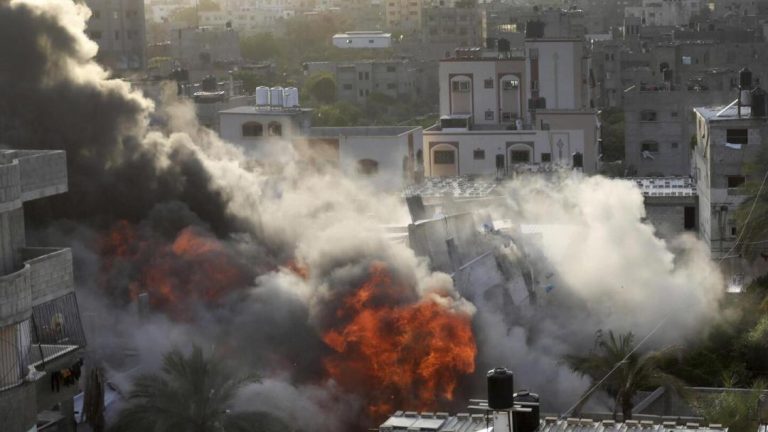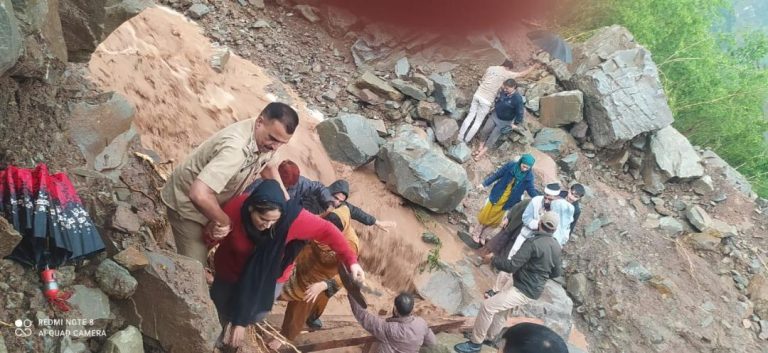
Stones Pelted at Police as Clashes Erupt in Nagpur Amid Aurangzeb Row, Sec 144 Imposed
Nagpur, a city in the Indian state of Maharashtra, witnessed violent clashes on Monday as two groups clashed over the removal of the tomb of Mughal emperor Aurangzeb. The incident took place in the city’s Mahal area, where protesters gathered to express their views on the topic. The situation escalated quickly, with several vehicles, including JCB machines, being torched and stones being pelted at police officials.
The clashes broke out as two groups, one supporting the removal of the tomb and the other opposing it, faced off against each other. The protesters were reportedly from different communities, with some demanding the removal of the tomb, while others wanted it to be preserved. The dispute has been ongoing for several days, with both sides refusing to back down.
As the situation deteriorated, the police were forced to intervene, with officers trying to restore order and calm the situation. However, the protesters were aggressive and refused to listen to the police, leading to a violent confrontation. Several police officials were injured in the clashes, with many more being left shaken by the experience.
In an effort to maintain law and order, Nagpur Police Commissioner Dr Ravinder Singal imposed Section 144 of the BNSS (Criminal Procedure Code), which prohibits the gathering of four or more people in a public place. The commissioner urged everyone to stay indoors and avoid any unnecessary travel, as the situation was still volatile.
The clashes have raised concerns about the potential for further violence and the need for greater dialogue between different communities. Many have called for calm and restraint, urging both sides to find a peaceful solution to the dispute.
The incident has also highlighted the complexity of the issue at hand. While some argue that the tomb of Aurangzeb, a controversial figure in Indian history, should be removed, others believe it should be preserved as a part of India’s cultural heritage.
Aurangzeb, who ruled India from 1658 to 1707, is known for his brutal suppression of Hindu temples and his implementation of strict Islamic laws. Many Indians view him as a symbol of oppression and tyranny, while others see him as a legitimate ruler who brought stability to the country.
The dispute over the tomb is not the first time that Aurangzeb has been at the center of controversy. In recent years, there have been several attempts to remove his tomb, which is located in the Aurangabad district of Maharashtra. However, these efforts have been met with resistance from those who believe that the tomb should be preserved as a part of India’s cultural heritage.
The clashes in Nagpur are a reminder of the ongoing tensions and divisions within Indian society. While the country has made significant progress in recent years, there are still many issues that need to be addressed in order to promote greater understanding and harmony between different communities.
In conclusion, the violent clashes in Nagpur over the removal of Aurangzeb’s tomb are a sobering reminder of the need for greater dialogue and understanding between different communities. While the issue is complex and contentious, it is essential that we find a peaceful solution that respects the views of all parties involved.






